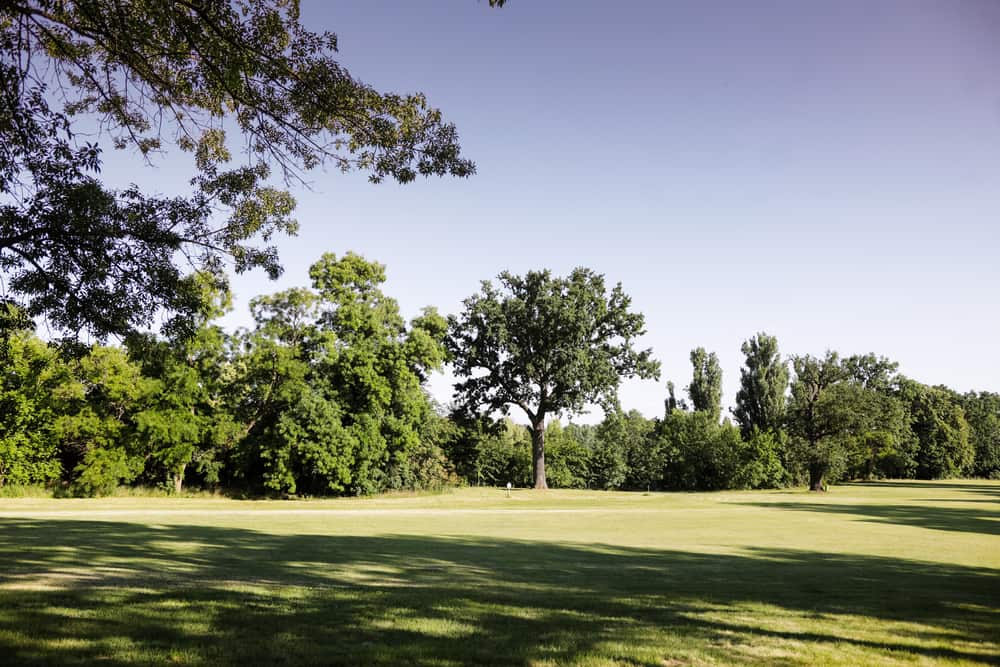
The arborists at Boutte Tree debunk common myths surrounding tree care.
3 Common Myths That Can Hurt Trees
The Atlanta area is blessed with a variety of trees that are not found elsewhere. Taking care of all of those trees can require professional help. When homeowners look for tree care they often rely on their landscapers to take care of their trees. But landscapers aren’t trained to know how to properly care for such a diverse group of organisms.
Instead of hiring untrained help, homeowners should instead turn to professional arborists and tree care experts for safe and effective tree care. These local Atlanta tree care professionals share these common myths about tree care and offer better solutions.
Myth 1: Plant New Trees Deep
Trees can be roughly divided into three sections: the roots, trunk, and branches. Each section of a tree has a different biological function and thus has different needs. As trees at a nursery grow, the sections of the young tree start to form. Below ground, the bark that covers the roots is totally different from the bark along the trunk. At the transition, just at the ground level, is where the tree should be planted.
When trees are planted too deep, the waterproof bark that begins at the trunk can fall victim to fungus and rot, killing the young tree. To prevent this, trees should be planted even with the ground where the roots transition into the trunk. Planting any shallower will prevent nutrient absorption by the exposed roots and any deeper will harm the tree.
Myth 2: Stake New Trees
While it is true that new trees need to be staked after planting, there is a lot of confusion about how long to stake them. New trees need time to establish themselves in their new home. This includes sending out new roots to stabilize themselves in the ground that was disturbed during planting. During this crucial time, staking helps the roots establish and stabilize the tree.
After a few months, the tree will be established, and the stakes can be removed. Trees that are staked for too long will grow weak trunks since swaying in the wind causes them to grow stronger.
Enlisting the help of an arborist for planting trees can help tree owners avoid problems that poor planting practices and unnecessary staking can cause.
Myth 3: The More Mulch The Better!
Mulch is essential to growing healthy trees but there is such a thing as too much. Mulch is used primarily to keep moisture levels stable as a tree grows. When mulch is applied too heavily it can encourage mold and fungus growth that can inhibit the tree from absorbing nutrients. Keeping mulch piles a couple of inches deep and making sure it doesn’t touch the trunk of the tree will ensure healthy growth.
A secondary function of mulch is to provide nutrients as it breaks down. A thin layer of mulch will facilitate this better than a thick layer. Thick mulch prevents nutrient exchange and can actually rob the tree of essential nitrogen as it breaks down. Adding compost under the mulch or mixing it in with mulch can ensure that nutrients are always available to the tree.
An ideal layer of mulch in a landscape is 3” but there are times in construction when a thicker layer might be needed for a short time to reduce compaction. Ask your arborist for case-by-case recommendations
About Boutte Tree, Inc.
Boutte Tree, Inc. has a large team of certified professionals to safely and effectively carry out all aspects of tree care. Their award-winning service is available at competitive prices. Call 404-799-5472 to schedule tree trimming or tree removals.
